What is the amount of locked capital or TVL?
The amount of locked capital or TVL is one of the criteria that is often used to assess the status of a project, especially projects in the field of (Defi). We will talk more about this criterion and its characteristics in the following.
What does Locked Capital or TVL Mean?
Suppose you are looking to invest in cryptographic projects, especially the defense sector. In that case, you must have come across the term TVL, which stands for Total Value Locked and means the total capital locked in a project.
The amount of capital locked in a project is equal to the number of tokens invested in that project multiplied by the value of each ticket. This criterion is used to measure the validity and value of a project. Of course, the higher the capital invested in a project, the greater its public goodwill and credibility.
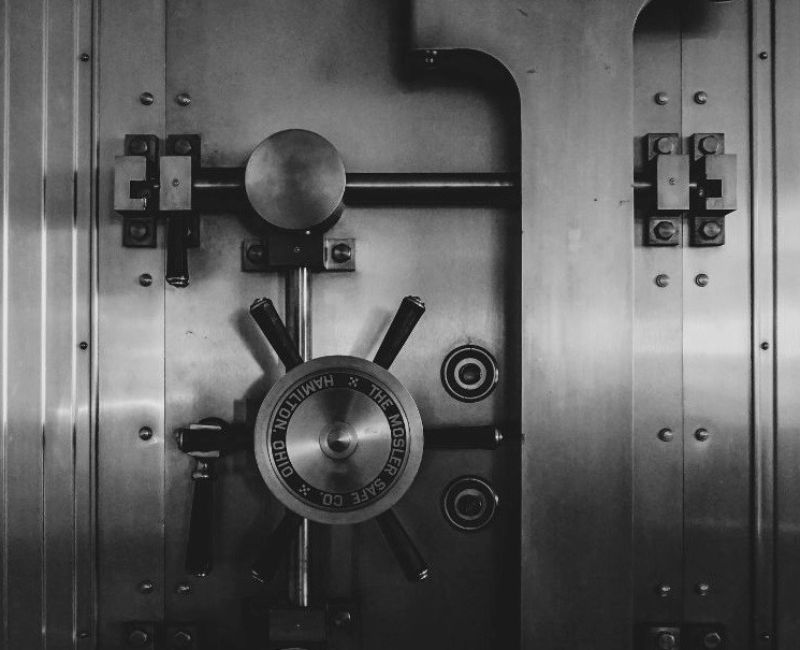
How important is TVL in the validation of DIFA projects?
A simple look at projects active in the field and of decentralized applications defense (Dapps) can show how much the developers of these projects are looking to see the Total Locked Value of their projects!
The importance of this criterion for Difai projects is primarily to show the strength of the project and the public trust of people and investors in their project. This criterion also indicates the market value of a data project about the total market value of cryptocurrencies.
Of course, tokens invested in a project are also called Staked Tokens.
If the Total Locked Value in a project is high, many users and investors trust this project; Because the number of funds invested in the project was high. 
Another criterion that can be achieved with the help of TVL and helps to invest better and more profitably is the TVL Ratio.
This ratio is obtained by dividing the total market value or project Cap by the TVL of the same project. If this ratio is below 1, the project is sales saturation or so-called Over Sold.
The same is true for projects with a TLV ratio above 1. Of course, many analysts oppose using this ratio to evaluate a project and consider it futile!
Investigating the amount of locked capital in two projects, Ionic Swap and Pancake Swap
Undoubtedly, UniSwap and PancakeSwap are two of Defy’s most substantial projects in terms of popularity, acceptance, and working capital.
The amount of capital locked in these two projects together is about 12 billion dollars!
This makes Uni Swap the second largest and Pancake Swap the third-largest decentralized exchange. The first place in this list is held by another cryptocurrency exchange called Curve. This exchange only supports Stable Coins.
If we want total locked-in capital in both versions of the ion-swap exchange to calculate the, we come to the figure of $ 7 billion, which is higher than the lock-in capital in the Pancake Swap project but still lower than the Curve. 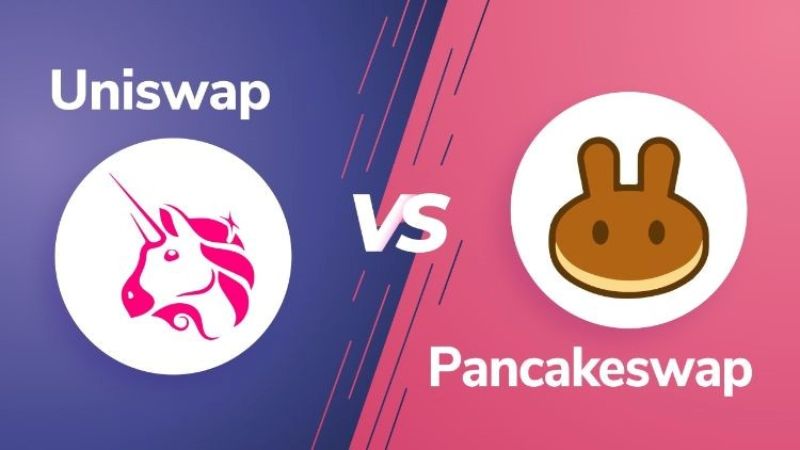
How to know the amount of locked capital (TVL) in different projects
For information on the amount of locked capital in each project, you can defipulse.com visit. After entering the site, you can use the information in the table to do this. The table on this page displays the project name, blockchain network, classification, and amount of locked capital. Here are, for example, the top 10 DIFA projects in terms of TVL using this resource:
| Rank | project name | Blockchain Network | Grouping | Locked Capital Amount (TVL) |
| 1 | Maker | Ethereum | Lending | $ 19.1 billion |
| 2 | Curve Finance | Ethereum | Decentralized exchange | $ 14.7 billion |
| 3 | Aave | Multichain | Lending | $ 12.3 billion |
| 4 | InstaDApp | Ethereum | Lending | $ 11.15 billion |
| 5 | Convex Finance | Ethereum | Property | $ 11 billion |
| 6 | Compound | Ethereum | Lending | $ 10.15 billion |
| 7 | Uniswap | Ethereum | Decentralized exchange | $ 8.3 billion |
| 8 | Yearn. finance | Ethereum | Property | $ 4.15 billion |
| 9 | SushiSwap | Ethereum | Decentralized exchange | $ 2.85 billion |
| 10 | Liquidity | Ethereum | Lending | $ 2.5 billion |
How does the amount of locked-in capital contribute to the liquidity of decentralized exchanges?
For decentralized exchanges, TVL is not just a benchmark for measuring the power of a project! Instead, it is a much more parameter and more vital.
This criterion for decentralized exchanges is directly related to the liquidity of these exchanges. The higher the TVL, the higher the number of tokens investors have invested in providing liquidity to these exchanges. 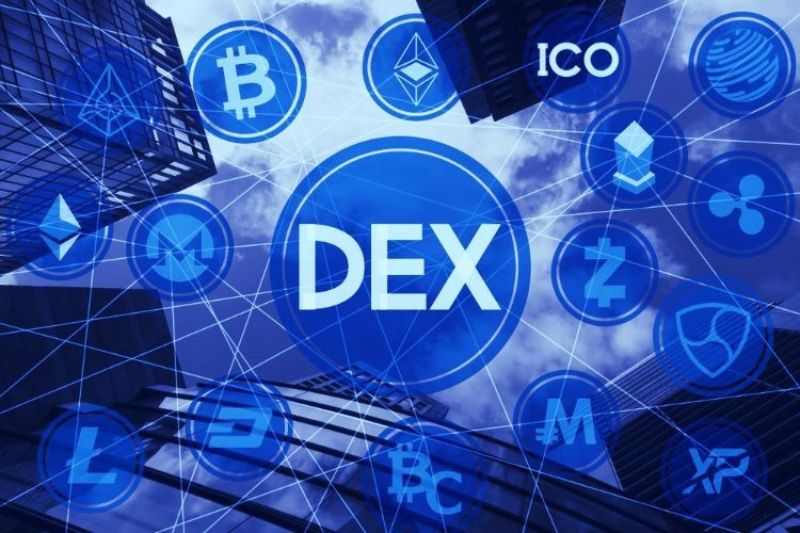
Therefore, users of such exchanges will no longer struggle with the problems of low liquidity.
Accordingly, by locking their capital, liquidity providers help the exchange offices function better, and the exchange offices give some of their exchange fees as a reward.
TVL, a benchmark for measuring Defi growth from the beginning until now
As you know, the amount of capital that is locked into an ecosystem, such as Defy or any other ecosystem, reflects the public acceptance and trust of investors in that ecosystem or project. Accordingly, the growth of this criterion indicates the development of that ecosystem or that project.
This growth in Difai coincided with the development of many currencies in the cryptocurrency market. During this time, many cryptocurrencies recorded a new historical ceiling. 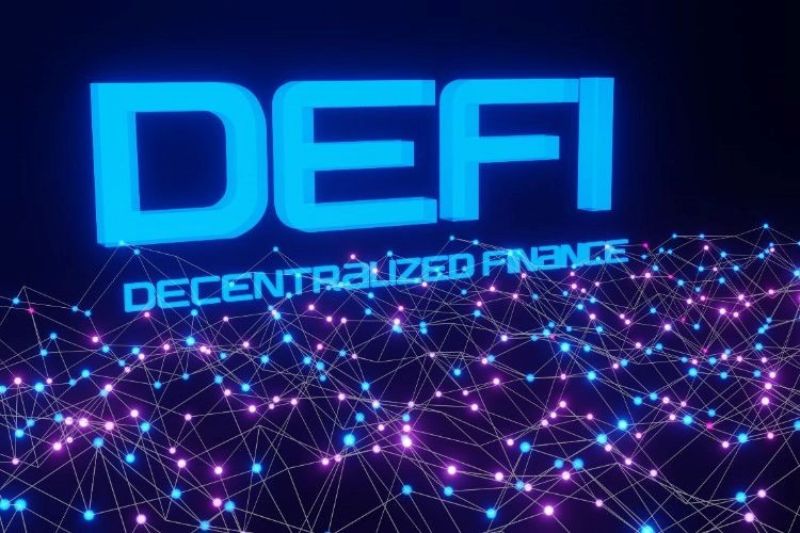
The TVL benchmark for 2020 for the Defy ecosystem was about $ 602 million. This amount reached about $ 180 billion in 2021! That means 3400% growth in less than a year!
Is it economical to operate as a liquidity provider?
The explosive growth of TVL showed us that the Defy ecosystem has come to survive and is likely to grow even more. Therefore, it is wise to act as a liquidity provider in decentralized exchanges that are part of the defense ecosystem.
Acting as a liquidity provider, contrary to its name, is not a difficult task at all! By sticking your tokens, you have provided cash in the desired exchange! The tickets you stick are used to exchange pairs of values related to that token at the business.
Of course, first of all, it is necessary to research and ensure the validity and accuracy of the decentralized exchange operation that you are considering. 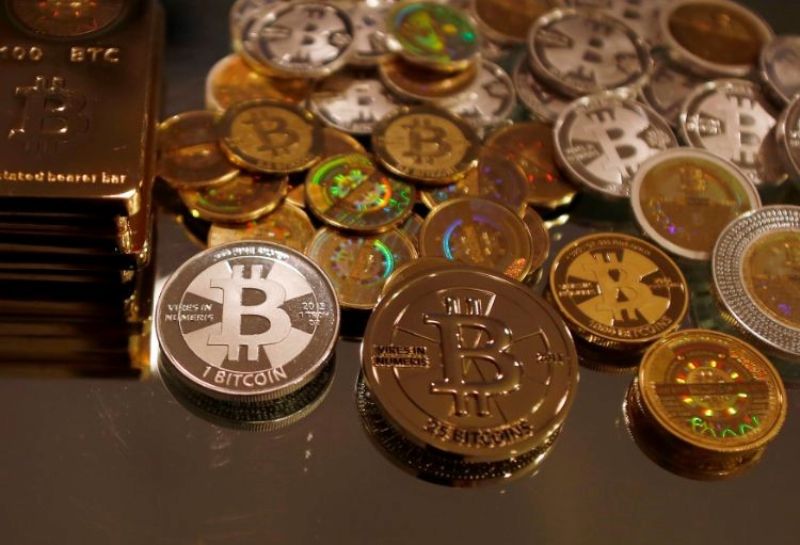
Concluding remarks
Public trust in an ecosystem can direct vast capital to that ecosystem. TVL is also a good criterion for examining this issue, and, as you read in the text of the article, it has many applications. The amount of locked-in capital is one of the essential fundamental parameters you must consider when investing in the cryptocurrency market.











